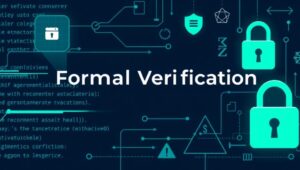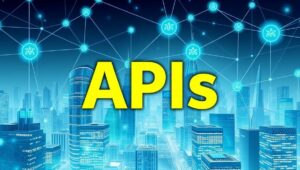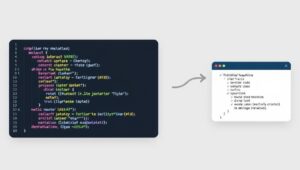Low-Code/No-Code Platforms: Shaping Future Software Development (2026)
Low-Code/No-Code Platforms: Shaping Future Software Development (2026) The software development landscape is undergoing a seismic shift. By 2026, low-code/no-code (LCNC) platforms will no longer be niche tools but central pillars of how applications are built and deployed. This article explores the drivers behind this transformation, the impact on developers and businesses, and the future possibilities LCNC unlocks. What are Low-Code/No-Code Platforms? At their core, LCNC platforms are visual development environments that allow users to create applications with minimal or no traditional coding. They offer pre-built components, drag-and-drop interfaces, and automated processes, significantly accelerating the development lifecycle. Low-Code: Requires some coding












